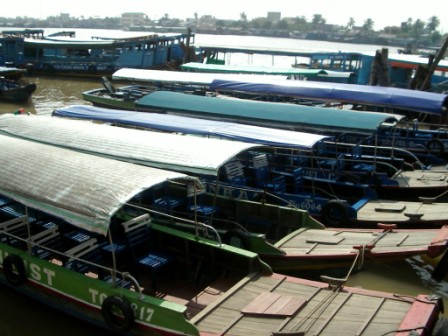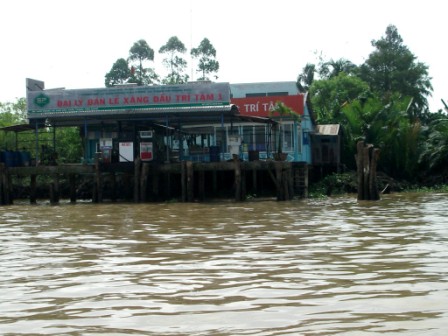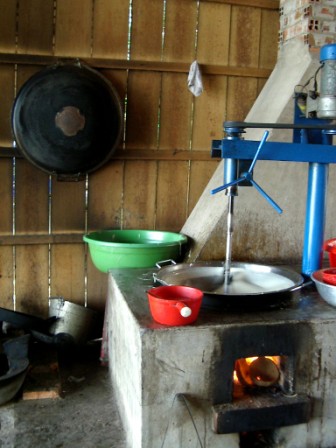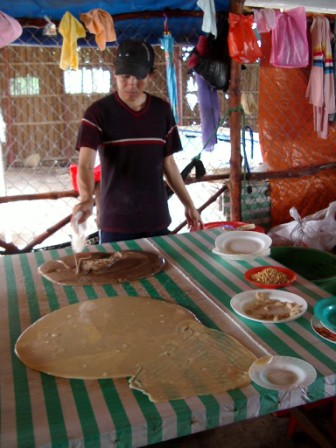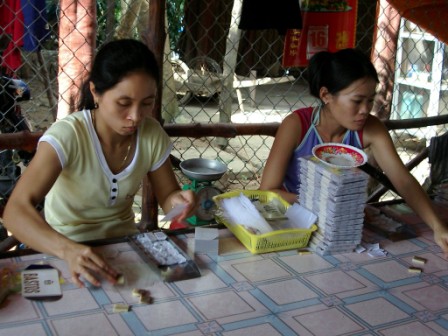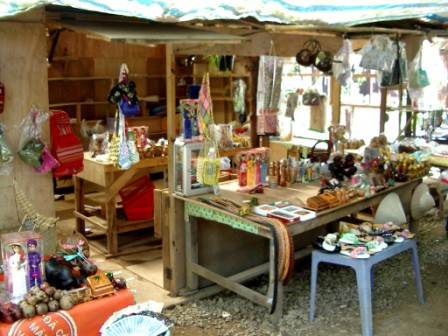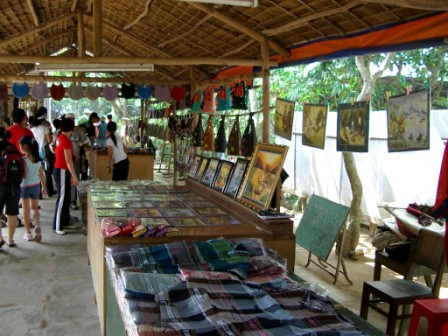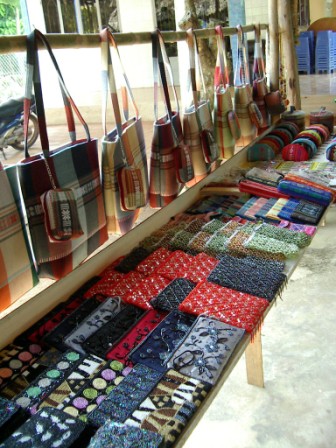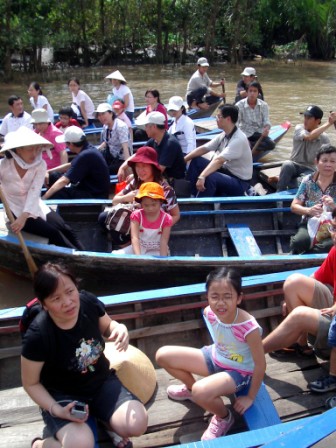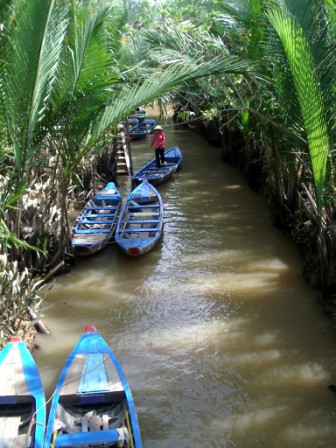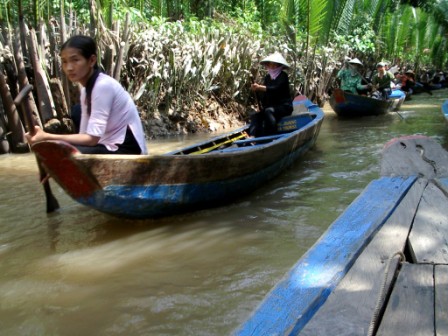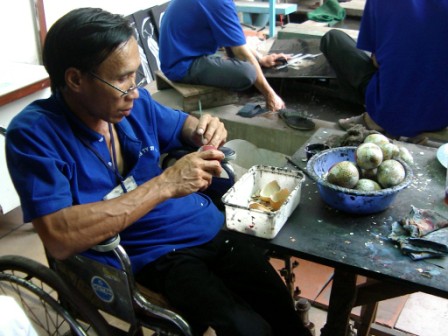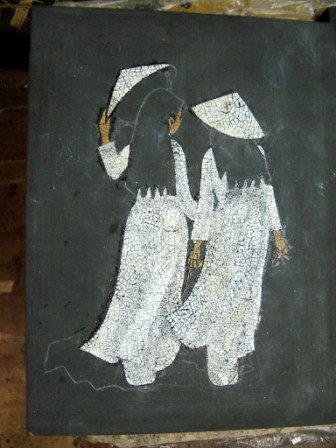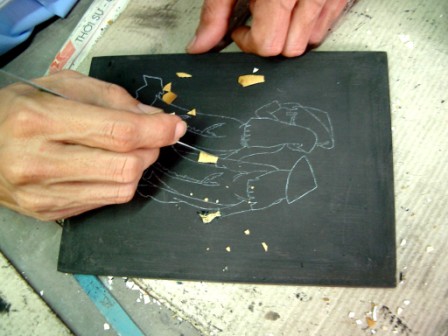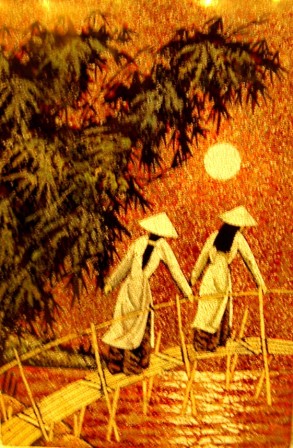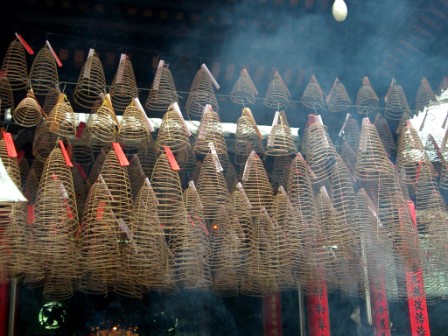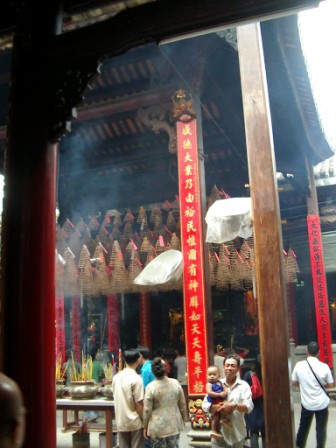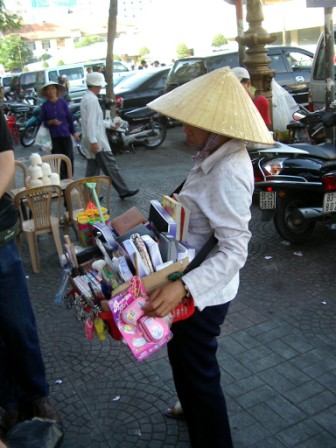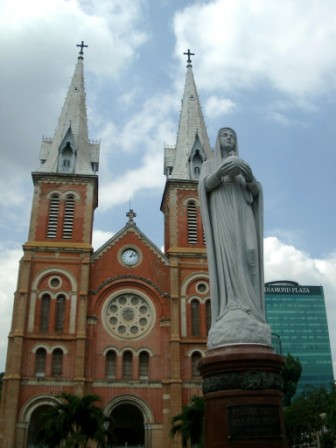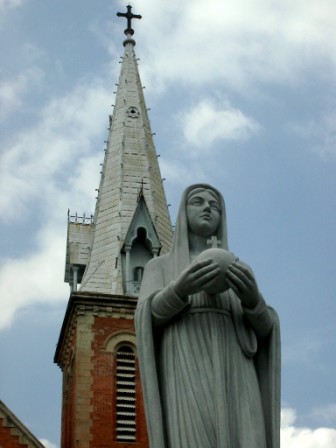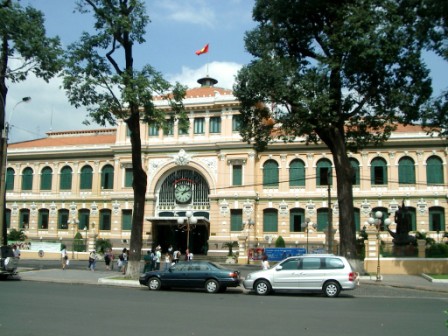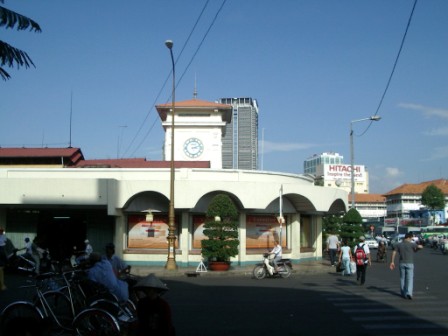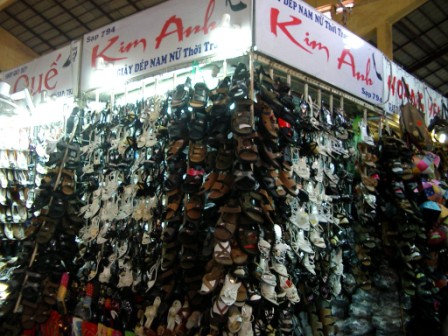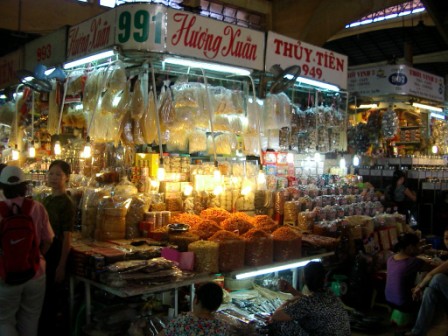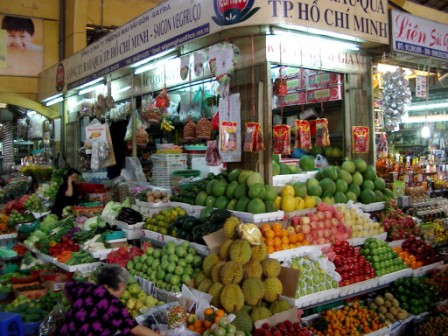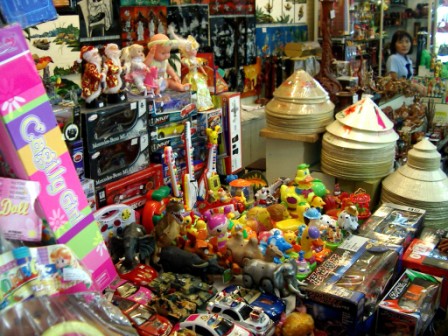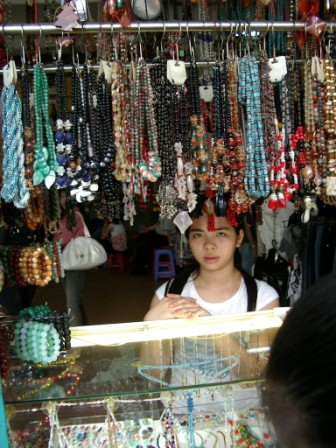12 Sep 1999: Vung Tau, Vietnam
Vung Tau was known as Cap Saint Jacques under the French Indon-China . This beach resort on the South China Sea is about 128 km south-east of Ho Chi Minh. Most people come to Vung Tau for the beautiful beach and the warm sunshine.





We had a different agenda. Our objective was to see the notable monument of the Christ of Vung Tau, a large statue of Christ standing on a hilltop with two outstretched arms. It was built by Vietnam’s Catholic minority in early 1970s.


We raced each other in conquering the height of this monument. Besides standing at the height of 32 m, there were a couple of hundreds steps leading to the Christ of Vung Tau. Panting and catching our breaths, we were in front of the statue in less than 30 min.



At the top, we were greeted by the warm sunshine and cool seabreeze. The view is amazing.



An abandoned cannon at the top of the hill.


After the conquer, we adjourned to the activity-filled beach front.


We did not bring our beach wears but not wanting to miss the fun, we went for a go-kart race.


While others relaxed with a slow horse carriage ride…

11 Sep 1999: Ho Chi Minh, Vietnam
The War Remnants Museum
Though theVietnam War happened more than 20 years ago, the war-torn Ho Chi Minh was badly scarred by the destructive forces. This museum that we are visting today was formerly known as the Museum of the American War Crimes. But it was later renamed as War Remnants Museum to avoid offending the US visitors. Still, the museum focuses on the instruments of torture and hundreds of photographs of atrocities committed by the US military in 20th century and in the Vietnam War. Visitors will be moved (and perhaps angered) by the grisly photos of blown-up villagers and bottled deformed foetuses showing the hideous effects of Agent Orange, US herbicidal warfare program. There was a wide array display of impressive tanks, planes and helicopters. Here’s a picture of Hue and mein front of a US air fighter.

Water Puppet Show
Many vietnamese friends recommend that I see the water puppet show. While I respect the rich vietnamese culture, the show is basically a show of puppets on a stage filled with water. The puppet was manoeuvered with a long stick by somebody behind the stage and the water covers the stick, so it seems that the puppet is moving by itself. All shows are unfortunately in Vietnamese, showcasing the daily lives of the Vietnameses, working either as fisherman, farmer, or dancer.


I was surprise that the Vietnamese also celebrates the Mooncake Festival. This mid-autumn festival is called Tet Trung Thu in Vietnamese. Unlike the Chinese version, the Vietnamese legend recounts the Cuoi, whose wife accidentally urinated on a sacred banyan tree, taking him with it to the Moon. Every year on this day, the children light lanterns and participate in a procession to show Cuoi the way back to Earth. We were each given a box of the mooncake to bring home. The Vietnamese mooncakes are typically square rather than round. What’s uncommon was the mooncakes were filled with bacon and meat, instead of the usual sweet bean paste and yellow duck yolk.
Picture with Lan.


Read Full Post »
